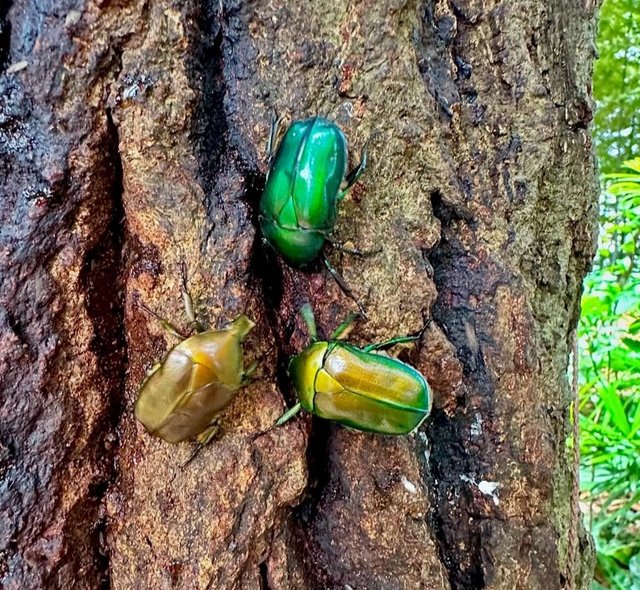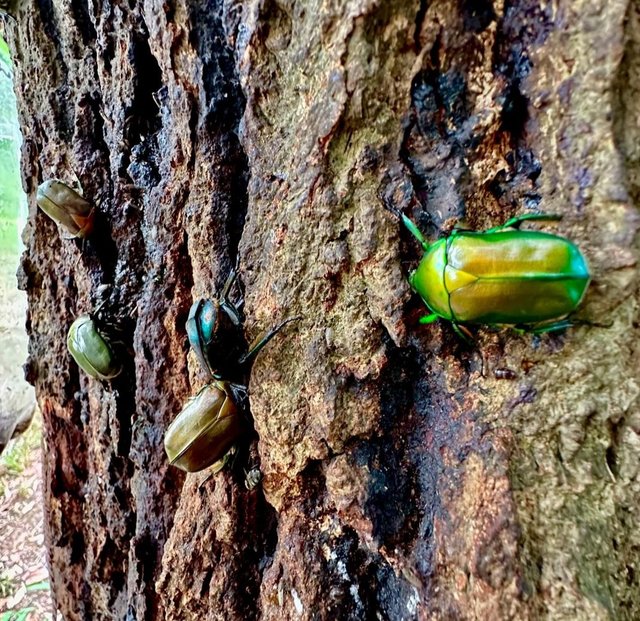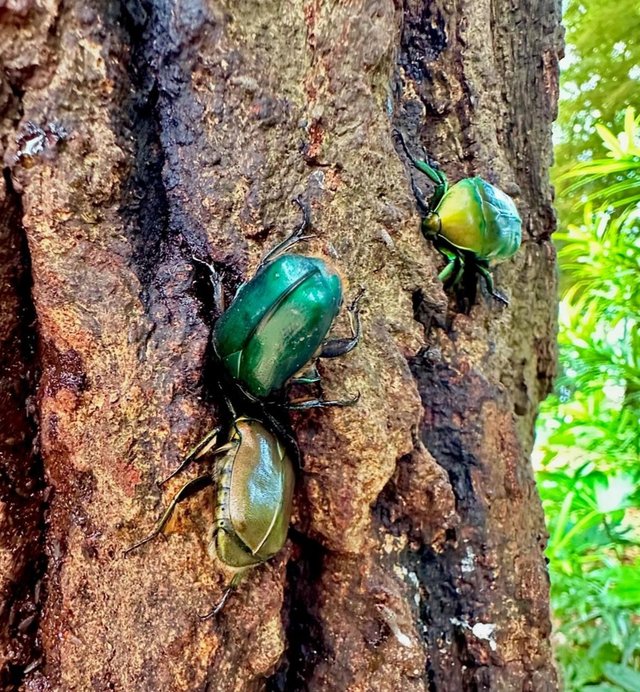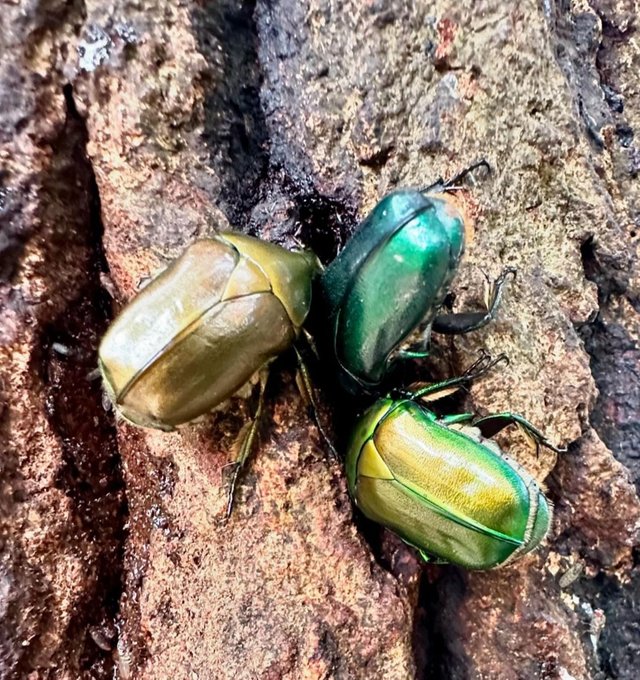Different Types Rhomborhina Insect
Rhomborhina: An Insight into the Remarkable Beetle
The world of beetles is vast and varied, encompassing a multitude of species, each with its unique characteristics and ecological significance. Among this diverse group is the genus Rhomborhina, a fascinating and visually striking beetle that captures the interest of entomologists and nature enthusiasts alike.
Introduction to Rhomborhina
Rhomborhina is a genus of beetles belonging to the family Scarabaeidae, commonly known as scarab beetles. This genus is primarily found in Asia, with a notable presence in countries such as China, India, and Japan. The beetles of this genus are known for their metallic sheen, robust body structure, and distinctive shape, which often includes a somewhat rhomboid appearance, lending the genus its name.
Physical Characteristics
One of the most captivating aspects of Rhomborhina beetles is their striking appearance. They are typically medium to large-sized beetles, with some species reaching up to 35 millimeters in length. The most distinguishing feature of these beetles is their iridescent exoskeleton, which can exhibit a range of metallic colors, including green, bronze, and gold. This dazzling coloration is not merely for show; it plays a crucial role in their survival, aiding in camouflage among foliage and deterring predators.
The body of a Rhomborhina beetle is divided into three main parts: the head, thorax, and abdomen. The head is equipped with strong mandibles used for feeding and defense. Their antennae are clubbed and can be fanned out, which is characteristic of many scarab beetles. The thorax, or middle section, is where the powerful legs and wings are attached. Rhomborhina beetles are strong fliers, capable of covering considerable distances in search of food or mates.
Habitat and Distribution
Rhomborhina beetles are predominantly found in forested areas where they have access to their primary food sources. They prefer warm, humid environments and are often associated with deciduous and mixed forests. The larvae, known as grubs, develop in the soil or within decaying wood, feeding on organic matter. Adult beetles are commonly found on flowers, foliage, or tree sap, where they feed on nectar, pollen, and plant juices.




